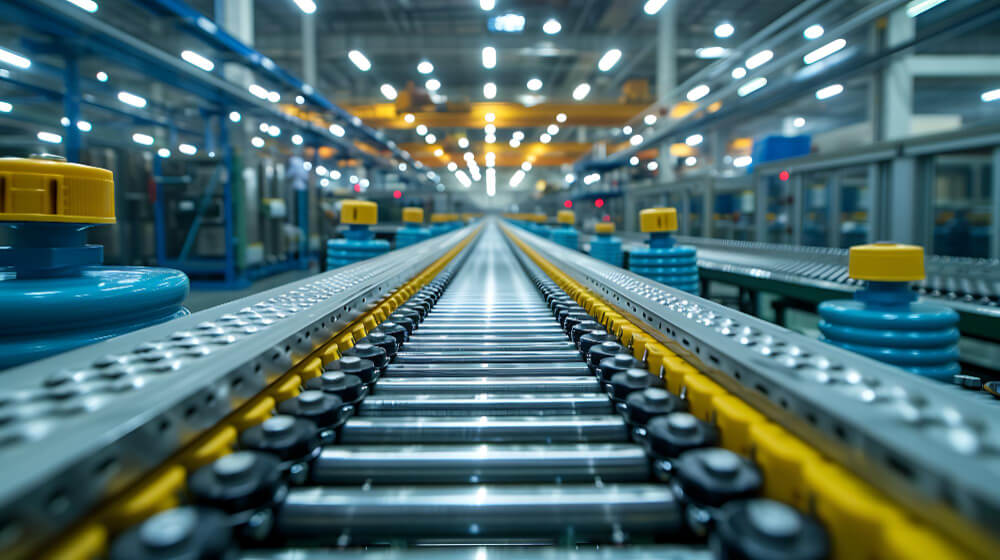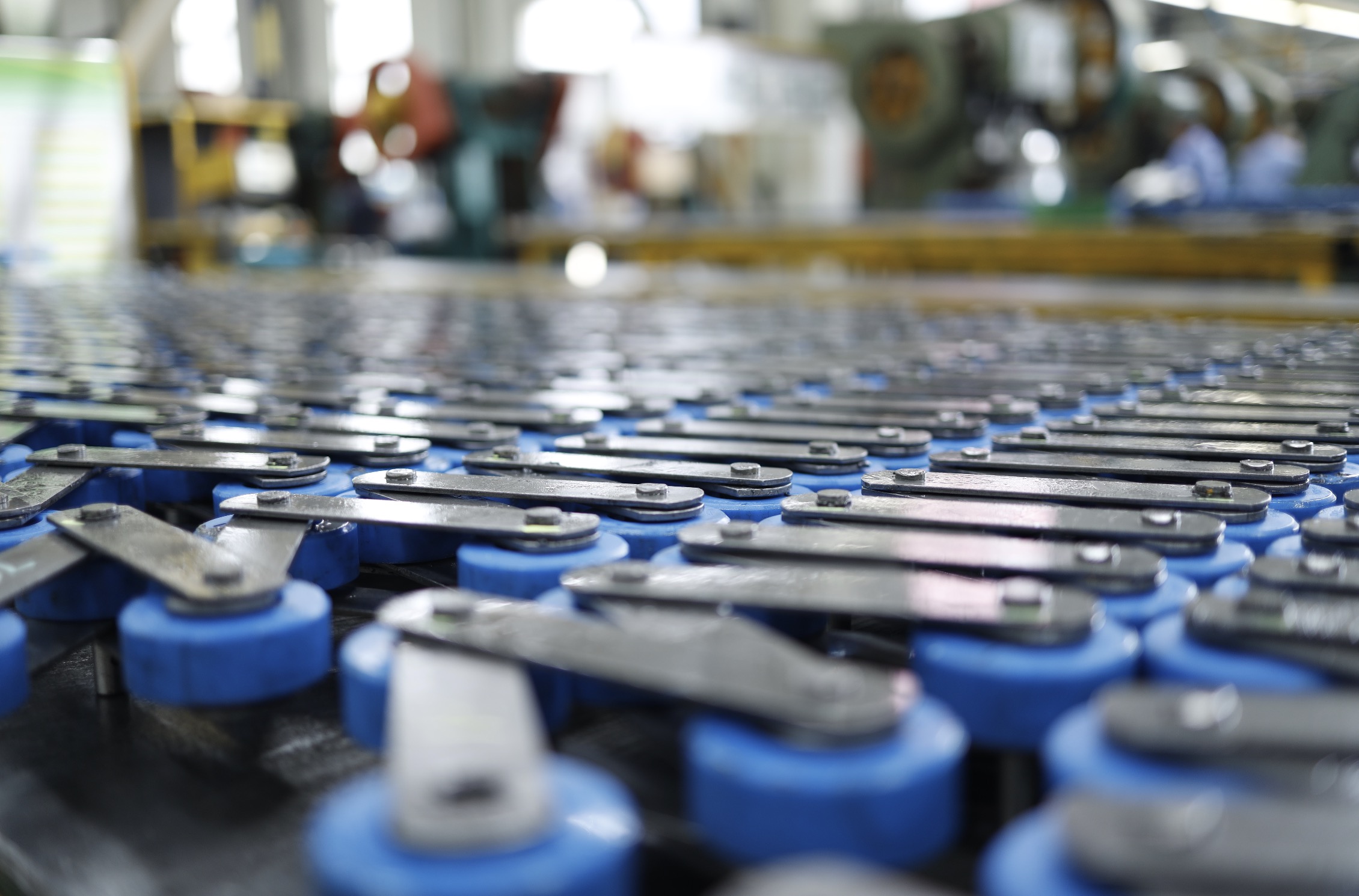Chains are used for conveying, transmission, and lifting within a manufacturing or engineering facility. Chains offer power transmission and conveyor lift in harsh environments that other media cannot offer.
Selecting the proper chain is essential for optimizing your drive’s performance. Additionally, ensure you lubricate it according to its manufacturer’s specifications.
Drive Chains
Drive chains are a type of roller chain that connects toothed wheels called sprockets. They transmit rotary motion between the driven and driver sprockets, which are located parallel to one another, by meshing their teeth with holes in the chain.
Drive chains are a type of power transmission system. They’re typically utilized on vehicles like bicycles and motorcycles to transfer mechanical energy from one axle to another.
They’re frequently found in machineries such as conveyors and bucket elevators due to their simplicity, dependability, and efficiency for power transmission.
Roller Chains
A roller Chain is a type of chain drive used in domestic, industrial, and agricultural machinery to transmit mechanical energy. It consists of several short cylindrical rollers connected by side links and driven by a toothed wheel known as a sprocket.
James Fussell first patented the roller chain in 1800, designed as part of a balance lock to move canal boats up and down hills. Since then, this essential part of power transmission has become widely used.
Roller chains are constructed from a range of metal and plastic materials designed for specific design horsepower transmission and application conditions. Common types include steel, hardened steel, stainless steel, acetal, polypropylene, and nylon.
Drive Chain vs. Roller Chain
Size and Weight
When selecting the ideal conveyor chain for your application, size, and weight should be taken into account. Both chains are highly effective and provide exceptional performance in various scenarios; however, their suitability must also be determined by the environment in which they will operate.
Roller chains differ from other types of chains in that they are intended to withstand substantial stresses and pressures, such as those found on motocross tracks or extreme temperature changes. As such, roller chains typically feature more durable base materials, clearances, and heat treatments, which make them suitable for such demanding conditions.
Roller chains are typically more efficient from a size and weight standpoint than other chains. However, they cannot tolerate dirt or rubbing against steel guides which could negatively impact their performance. Therefore, selecting high-quality chains for your application is highly recommended.
Speed
Drive Chain and Roller Chain both operate similarly, transmitting power in a similar fashion. However, their speeds vary considerably depending on the application.
Roller chains are composed of short cylindrical rollers held together by side links and driven by a toothed wheel called a sprocket. This type of drive is commonly found in machinery like conveyors, wire-drawing machines, printing presses, and cars.
When operating optimally, roller chains should roll off of sprocket teeth as they rotate. As these chains wear, however, they begin to climb the teeth of the sprocket, often grinding them into what are known as shark-tooth shapes.
This condition may be caused by several factors, such as excessive slack in a chain, damaged or defective sprockets, and excessive elongation. If the sprocket is worn out, cleaning it may help resolve this problem.
Suzhou Universal Technology, a chain transmission manufacturer, specializes in producing various types of chains. Their team of experienced engineers and technicians can assist you with all your chain needs. Furthermore, they offer an extensive selection of products to satisfy different customer requirements.


